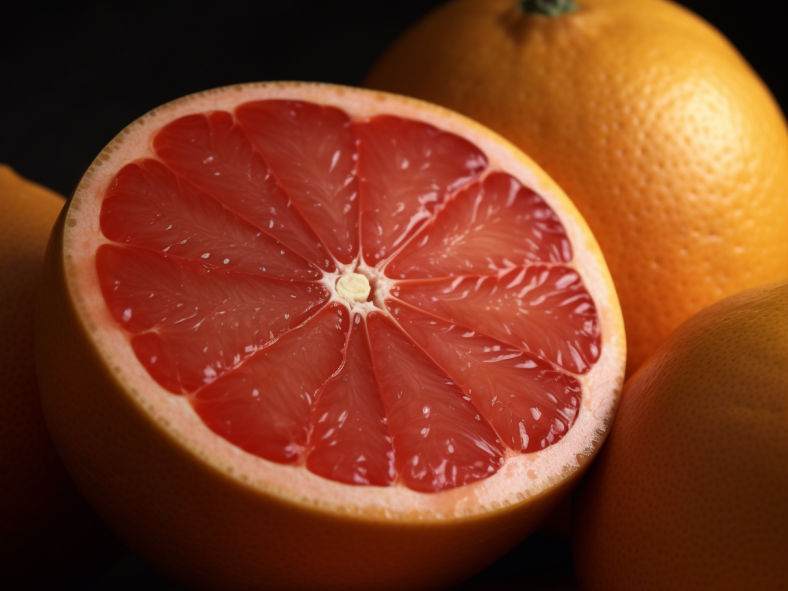Pesticides in food: latest data published
It gives a snapshot of the residue levels found in a selection of commonly consumed products
A total of 87,863 food samples were collected in the European Union in 2021. Analysis of the results shows that 96.1% of samples fell within legally permitted levels. For the subset of 13,845 samples analysed as part of the EU-coordinated control programme (EU MACP), 97.9% were within legal limits.

Computer generated picture
The EU MACP analyses samples randomly collected from 12 food products. For 2021, these were aubergines, bananas, broccoli, cultivated fungi, grapefruits, melons, sweet peppers, table grapes, virgin olive oil, wheat, bovine fat and chicken eggs.
Of those samples analysed in the coordinated programme:
- 58.1% (8,043 samples) were found to be free of quantifiable levels of residues.
- 39.8% (5,507) contained one or more residues in concentrations below or equal to permitted levels (known as maximum residue levels, or MRLs).
- 2.1% (295) contained residues exceeding the permitted levels.
The same selection of products is sampled every three years, which means upward or downward trends can be identified.
The overall rate at which pesticide residues exceeded the MRL rose from 1.4% in 2018 to 2.1% in 2021. Excluding grapefruits, the average MRL exceedance rate was 1.4% in 2021, the same as in 2018. In 2021, Member States drew attention to the higher presence of pesticides residues in grapefruits imported from outside the EU and in the same year the European Commission increased border controls.
The detailed results of the control programmes are available on EFSA’s website as browsable charts and graphs, making the data more accessible to non-specialists.
As well as the harmonised and comparable data collected under the EU coordinated programme (EU MACP), EFSA’s annual report also includes data collected as part of national control activities carried out by individual EU Member States*, Norway and Iceland.
The results from the monitoring programmes are a valuable source of information for estimating dietary exposure of EU consumers to pesticide residues.
EFSA carried out a dietary risk assessment as part of its analysis of the results. This year, a pilot probabilistic assessment on a subset of substances was also introduced for the first time.
The report suggests that the food commodities analysed in 2021 are unlikely to pose a concern for consumer health. Nevertheless, the report includes a number of recommendations to increase the efficiency of European control systems for pesticide residues.
* Pursuant to Article 5(4) and Section 24 of Annex 2 of the Protocol on Ireland/Northern Ireland, which is an integral part of the Agreement on the withdrawal of the United Kingdom of Great Britain and Northern Ireland from the European Union and the European Atomic Energy Community, the EU requirements on data sampling are also applicable to Northern Ireland and, for the purpose of this report, references to Member States are read as including the United Kingdom in respect of Northern Ireland.
Most read news
Other news from the department business & finance

Get the food & beverage industry in your inbox
By submitting this form you agree that LUMITOS AG will send you the newsletter(s) selected above by email. Your data will not be passed on to third parties. Your data will be stored and processed in accordance with our data protection regulations. LUMITOS may contact you by email for the purpose of advertising or market and opinion surveys. You can revoke your consent at any time without giving reasons to LUMITOS AG, Ernst-Augustin-Str. 2, 12489 Berlin, Germany or by e-mail at revoke@lumitos.com with effect for the future. In addition, each email contains a link to unsubscribe from the corresponding newsletter.






























































